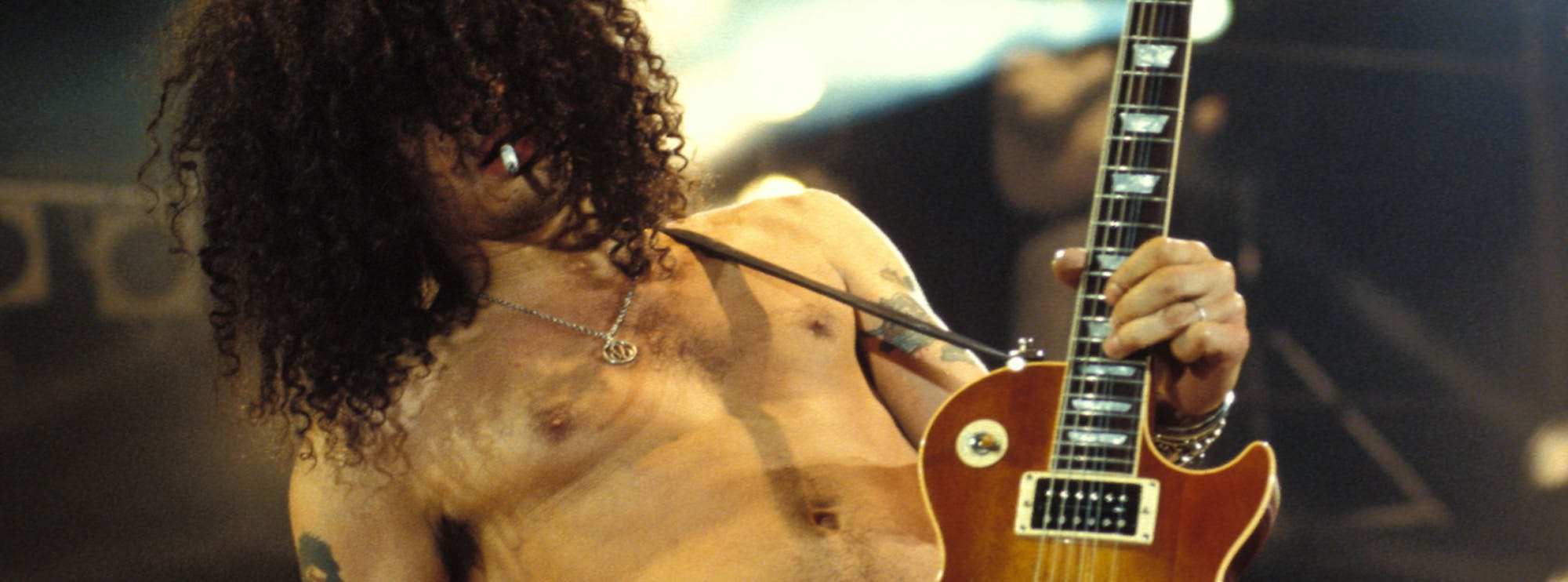Weep No More by Bad Company
Bad Company's classic track, "Weep No More," provides guitarists with a rich tapestry of emotive playing, featuring a blend of melodic phrasing, soulful bends, and dynamic rhythm. Our note-for-note guitar lesson on this song takes you through every detail of its guitar work, from the heartfelt lead lines to the supportive rhythm sections. Whether you're a beginner looking to expand your skill set or an intermediate player wanting to polish your technique, this lesson breaks down the essential techniques in the song, helping you master them with ease. Danny Gill breaks down this classic track in this exclusive Lick Library video tutorial.
The Guitarists of "Weep No More"
"Weep No More" features the guitar work of Mick Ralphs, the co-founding guitarist of Bad Company. Ralphs was known for his straightforward yet powerful playing style, which combined rock, blues, and a touch of folk. His ability to craft memorable riffs and understated yet effective solos influenced many rock guitarists who followed him. Ralphs’ playing in "Weep No More" shows his use of space and subtle techniques to create a feeling of longing and emotion, fitting the song's somber tone. His legacy is that of a guitarist who understood the value of melody and feel over pure technicality, inspiring generations of guitarists to focus on emotion in their playing.
Techniques in "Weep No More"
String Bending
The song employs string bending to add a deeply emotional quality to the lead lines. String bending allows you to change the pitch of the note without moving your fingers to a different fret, often giving the note a more vocal, expressive quality. By mastering string bends, you gain more control over the emotion in your playing.
Vibrato
Ralphs uses vibrato to bring even more feeling to the bends and sustained notes in the solo. Vibrato adds a subtle oscillation to the pitch of a note, giving it warmth and sustain. Learning vibrato will help you develop a more personal voice on the guitar, making your notes stand out with character.
Hammer-ons and Pull-offs
The solo also incorporates hammer-ons and pull-offs, which are essential techniques for creating smooth, fluid lines without picking every note. These techniques improve your finger strength and dexterity, allowing you to execute faster and more expressive licks.
Double Stops
Double stops are also featured in the lead sections, where two notes are played simultaneously. These give the guitar parts a fuller, harmonized sound, often used in blues and rock to add texture to solos. Learning double stops will expand your ability to create richer melodies and fills in your playing.
Barre Chords and Power Chords
The rhythm guitar parts in "Weep No More" use a combination of barre chords and power chords. Barre chords give you the ability to play movable chord shapes, while power chords are essential for driving rock rhythms. Mastering both types will improve your chordal vocabulary and allow you to play a wide variety of songs across different genres.
Slides
In "Weep No More," slides are used to connect notes smoothly. Slides add a slurring effect to your playing, creating fluid transitions between different pitches. Learning how to slide effectively will add expressiveness to your playing, making your transitions smoother and more melodic.
Fingerpicking
One of the more intricate elements of the song is the use of fingerpicking during the softer sections. Fingerpicking allows you to play both the bassline and melody simultaneously, creating a fuller sound. This technique is essential for any guitarist looking to expand their rhythmic and melodic control.
Syncopated Rhythms
The song features syncopated rhythms, where the emphasis is placed on off-beats or unexpected beats. This adds complexity to the rhythm, making it more dynamic and interesting. Syncopation is a valuable skill for any guitarist looking to improve their timing and rhythmic precision.
Benefits of Learning These Techniques
- String Bending: Improves your ability to express emotion and mimic vocal qualities on the guitar.
- Vibrato: Enhances the sustain and character of your notes, giving you more control over their expressiveness.
- Hammer-ons and Pull-offs: Boosts finger dexterity and helps create fluid, legato phrases.
- Double Stops: Adds harmonic richness to your solos, allowing you to create fuller, more dynamic lead lines.
- Barre Chords and Power Chords: Expands your chord vocabulary, making you versatile across various musical genres.
- Slides: Improves your ability to connect notes smoothly, adding fluidity to your playing.
- Fingerpicking: Increases your ability to play complex arrangements that combine rhythm and melody.
- Syncopated Rhythms: Sharpens your rhythmic timing, adding more groove and dynamism to your playing.
Guitar Techniques Used in the Lesson

About The Tutor
Tutor Profile
Danny Gill
Danny Gill is, without a doubt, the most loved tutor by our community. With an incredible array of DVDs and web lessons for LickLibrary covering a wide variety of topics all of which he covers with incredible detail, it's no wonder he carries as much respect as he does. As...




